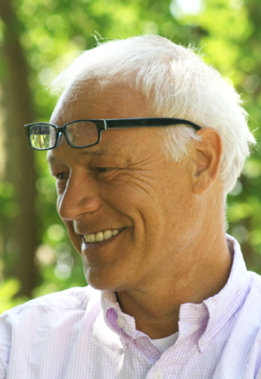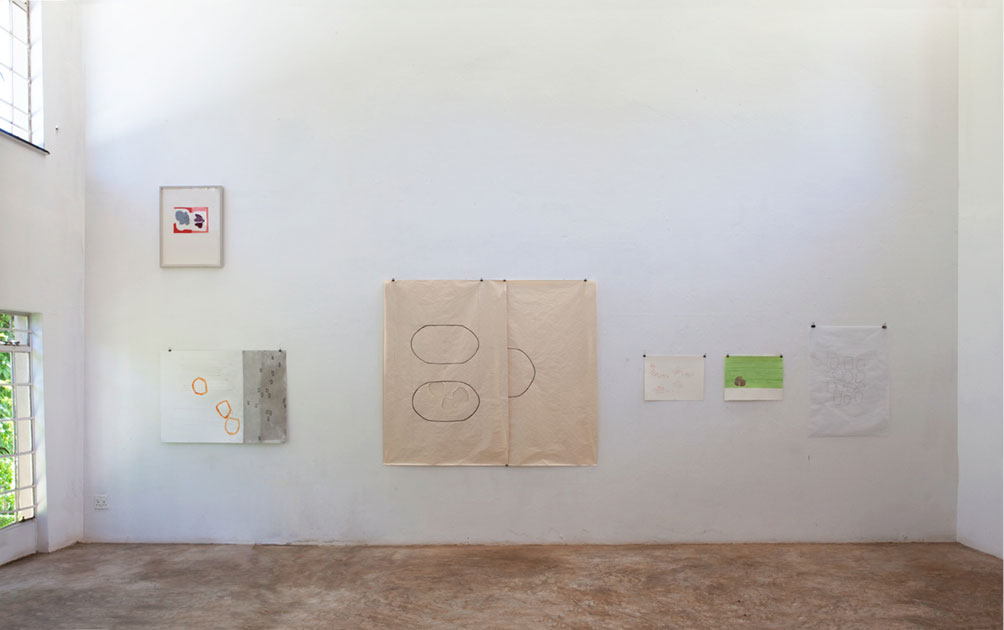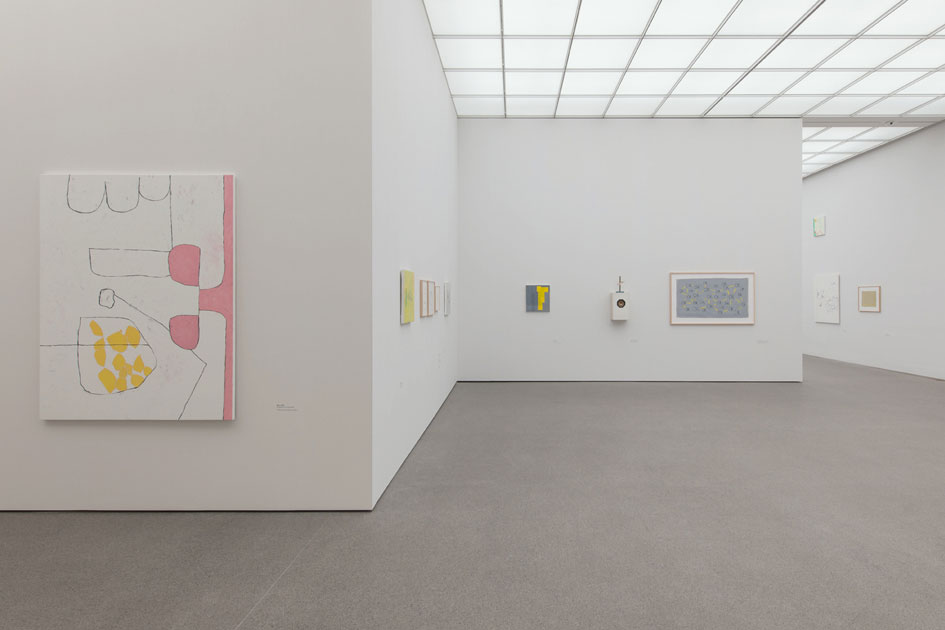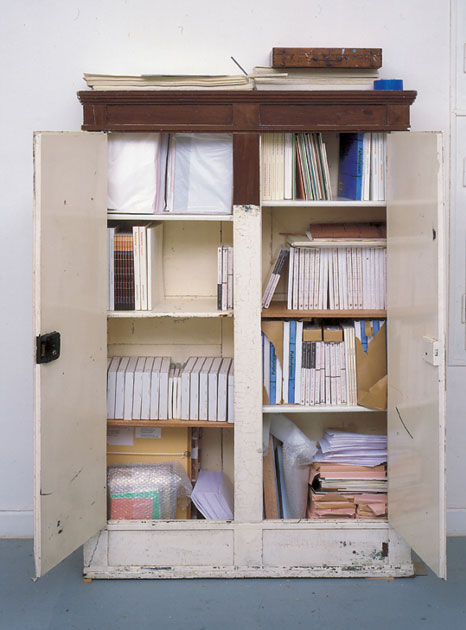Jürgen Partenheimer
Jürgen Partenheimer is one of the outstanding artists of his generation.
TEXT / Cornelia Kolb-Wieczorek
With the oil painting “Ada I” and the bronze sculpture “Kiwa”, the collection of the VP Bank Art Foundation includes two important works by Jürgen Partenheimer that illustrate in an exemplary manner the essential aspects of his oeuvre. The artist and PhD in art history consistently unfolds his very distinctive, individual visual language, which always creates the synthesis of a mental and emotional “spirit of research”. Partenheimer, who is internationally one of the outstanding German artists of his generation, uses abstract expression when he makes the seen, the felt and the thought, the physical and the metaphysical, the objective and the subjective the content of his art. He is inspired – also on his numerous journeys – equally by the natural and urban landscape as by the confrontation with social, historical, literary and cultural experiences and insights.
The abstract image is a form of visual thought that condenses into a sensation.
His works develop from the poetry of line and surface not only in drawing, which plays a central role in his oeuvre, but also in painting as well as in his sculptures and installations. As such, the work “Kiwa”, which alludes to ceremonial and assembly spaces of Pueblo cultures, could also be interpreted as a three-dimensional drawing in its linear layout. Whereas the Puebloans’ kivas are constructed underground and are stable and protected, Partenheimer’s tent-like sculpture of angular rods rises above ground. Seemingly arranged loosely, the rods do not reach all the way to the floor. The “dwelling” appears fragile and transparent. Thus, through its formal inversion, the artistic work may also refer to the fragility of endangered cultural heritage.
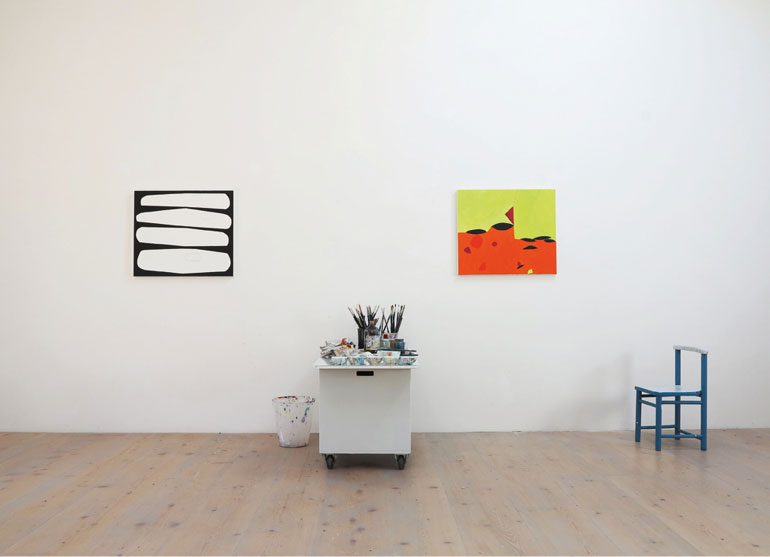
Image: Jürgen Partenheimer
While “Kiwa” can be seen against an ethnological background, the painting “Ada I” can be traced back to a literary context. Very often, prose or poetry provide the substrate for the artist’s sensitive pictorial creations. Even if one believes that the delicate, cool pink on the left edge of the picture, the round shapes composed of brittle lines and the “vessel” enclosing delicate yellow spots can also be ascribed a feminine quality, these are only some of the possible interpretations. It may have been inspired by a female character in a novel. Yet Partenheimer’s art is characterised by subjective openness, both in the artist’s design and in the viewer’s perception. As he puts it, “Abstract art, or the non-representational image, does not represent a special form of arbitrary stylistic adventurism that only requires a high degree of imagination, but is, like every artistic expression, conditioned by content. The viewer begins to see and read and experiences himself or herself in the process.”
